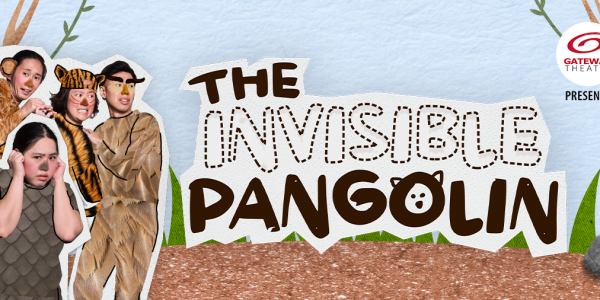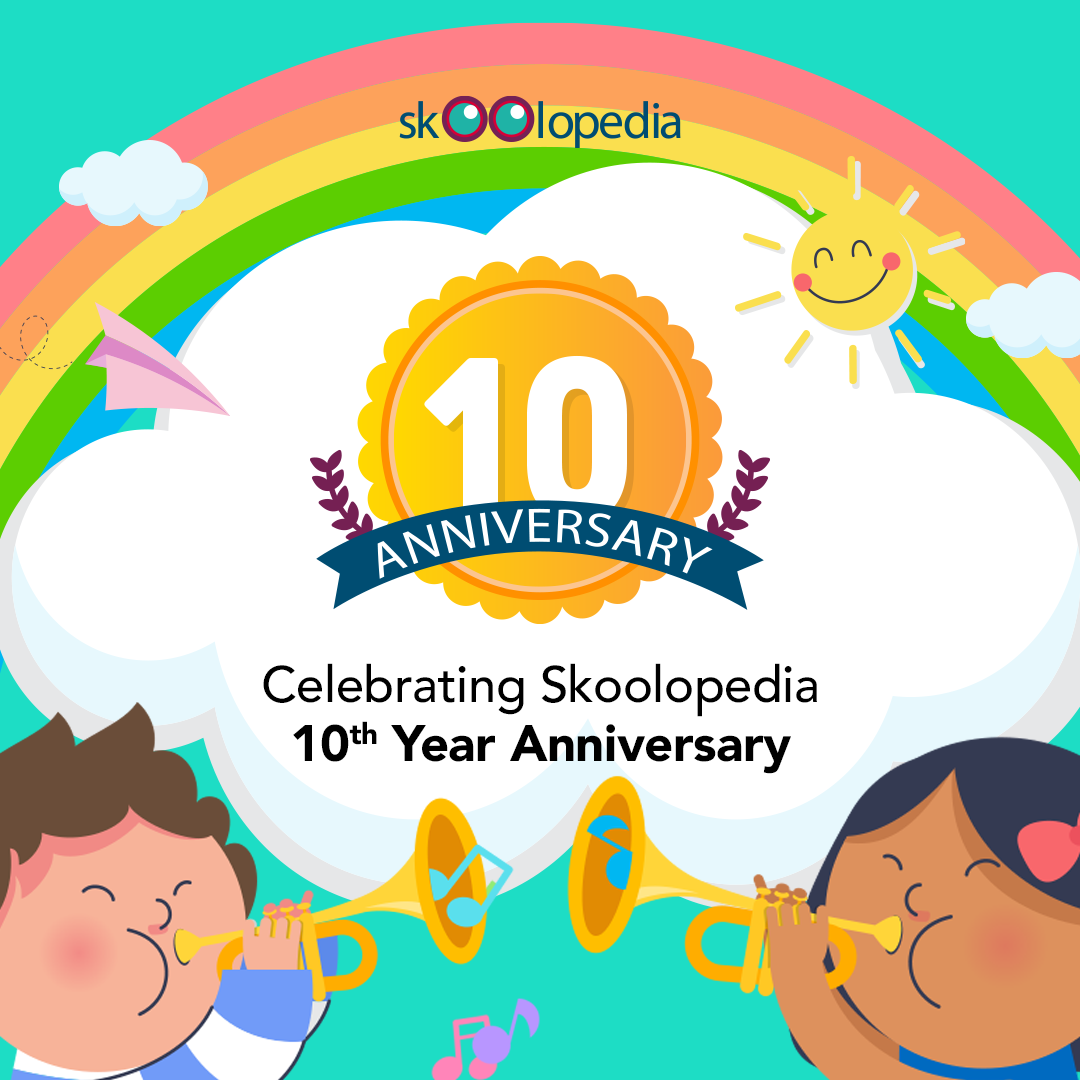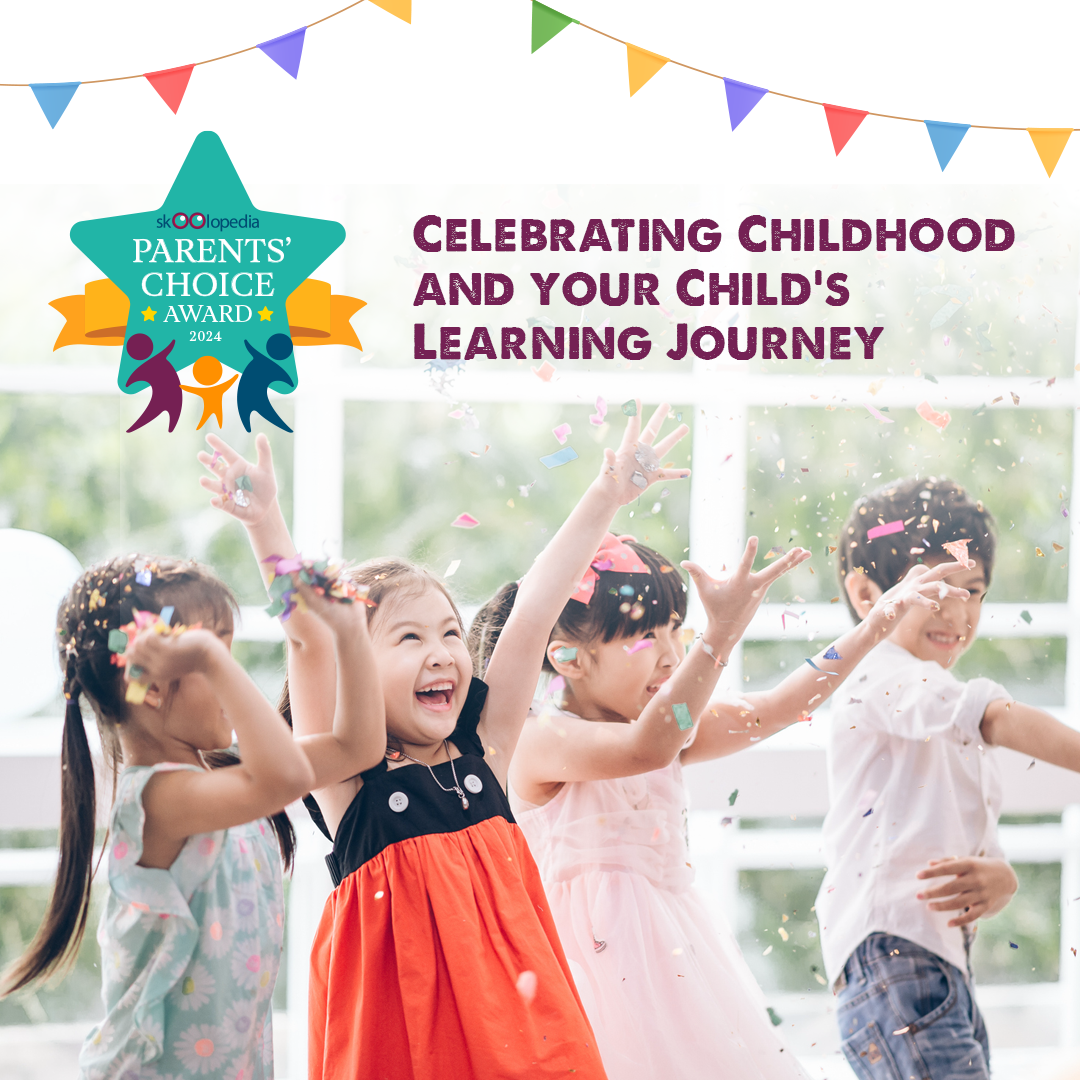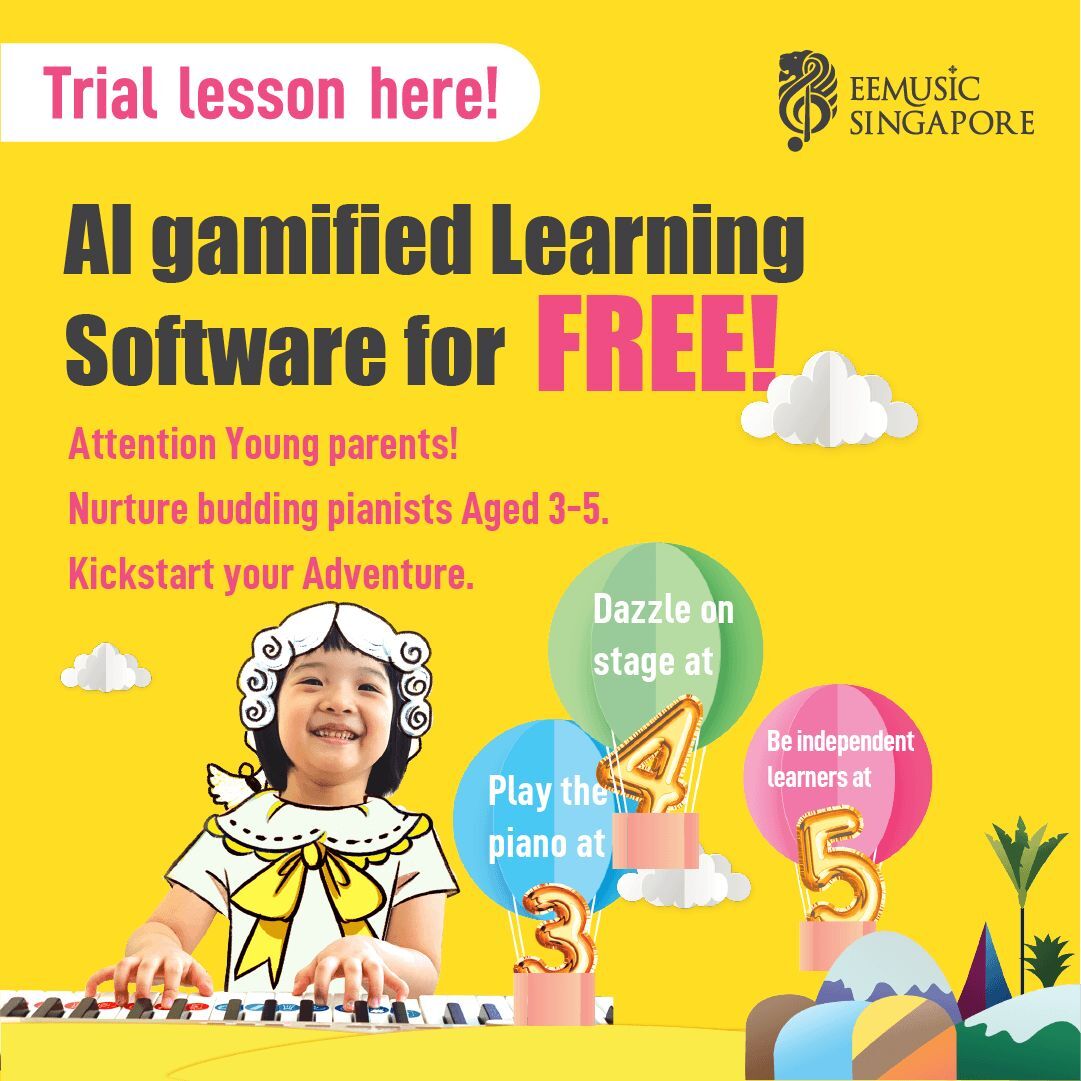A Brief History
The theory of Multiple Intelligences is a relatively new concept when compared with Montessori, Reggio Emilia or Waldorf Steiner. It was first proposed by Dr. Howard Gardner in 1983 in his book “Frames of Mind: The Theory of Multiple Intelligence”, who received a Nobel Prize in 1986 for developing the theory and currently serves as a Professor of Education in Harvard University. He is also the recipient of numerous prestigious awards for his work on the theory. Following the Nobel Prize award, the theory began to catch on as a blueprint for education.
The Multiple Intelligences Perspective
“We are all able to know the world through language, logical-mathematical analysis, spatial representation, musical thinking, the use of the body to solve problems or to make things, an understanding of other individuals, and an understanding of ourselves. Where individuals differ is in the strength of these intelligences…”
-Dr. Howard Gardner
In his book and published research papers, Dr. Gardner proposed that “intelligence” can be separated into 8 different distinct areas, namely:
- Verbal-Linguistic – The ability to read, write, speak and memorize words.
- Logical-Mathematical – The ability to deal with logic, numbers, reasoning and critical thinking.
- Musical – The sensitivity to sounds, rhythm, tones and the ability to sing, play musical instruments and even compose melody.
- Visual-Spatial – The ability to generally be aware of one’s surroundings, such as the ability to judge distance, depth, height, size, volume, and the ability to use read maps, etc.
- Body-Kinesthetics – The ability to use one’s body effectively, essential for roles such as a dancer, actor or surgeon.
- Interpersonal – The ability to understand and communicate with other people.
- Intrapersonal – The ability to understand one’s own interest and goals, and to control one’s emotion.
- Naturalistic – The ability to understand the natural environment.
In addition, Dr. Gardner also supports the notion that individuals differs in their “proficiency” in each of the intelligences, and that each individual has a unique mix of strengths and weaknesses. For example, a child who is able to deal with advanced mathematical problems more efficiently should not be deemed as being more “intelligent” than another child who is perhaps more musically attuned than his peer but does not share the same level of affinity with numbers.
However, it is worth noting that the Multiple Intelligences theory has its critics for lacking a properly worked-through set of tests to identify and measure the different intelligences, thus providing little empirical evidence for a more comprehensive study.
Although Howard Gardner’s theory of Multiple Intelligences has not been readily accepted within academic psychology, it has received a strong and positive response from many educators. The theory validates educators’ everyday experience on how students think and learn in many different ways, and also provides them with a conceptual framework for organizing and reflecting on curriculum assessment and pedagogical practices. This exercise often helps educators to develop new approaches that might better meet the needs of a range of learners.
The Multiple Intelligences Classroom
Based on Skoolopedia’s research, we found that pre-schools that adopt the Multiple Intelligences approach in Singapore typically has the following classroom features:
- Different specialized “learning areas” that are designed to exercise and develop each type of intelligence.
- Activities that are designed to focus on one or a few of the intelligences at a time.
- Respect for the strength and interest of each individual child.
- Assessment on each of the intelligences using a variety of factors, rather than on a single general score of a pen-and-paper test.
- Well-balanced mixture of indoor and outdoor activities, with time for individual and group work.
- Heavy involvement of parents in the child’s learning.
How Does This Benefit My Child?
- Children weak in a specific intelligence will be identified and given the opportunity to develop that intelligence.
- Your child will be able to develop each of the 8 intelligences, setting the foundation to becoming a well-rounded individual.
- Your child will be able to discover his or her strengths and work towards building on those strengths in later years.
- By recognising that each child is “intelligent” in his/her own way, naturally acts as booster for the child’s self-confidence and self-esteem, factors that are critical in determining one’s learning attitude in later years.
We hope that the article will be able to help you understand a little bit more about the Multiple Intelligence approach and the benefits it brings to your child.
LATEST HAPPENINGS
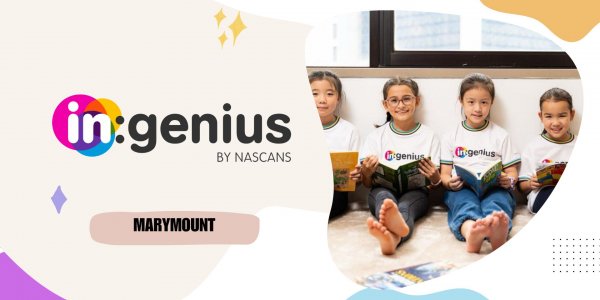
Student Care Centre in Marymount- Free 10 days Trial
8th May 12:00 AM ~ 31st Jul 11:00 PMMarymount Community Club Read More
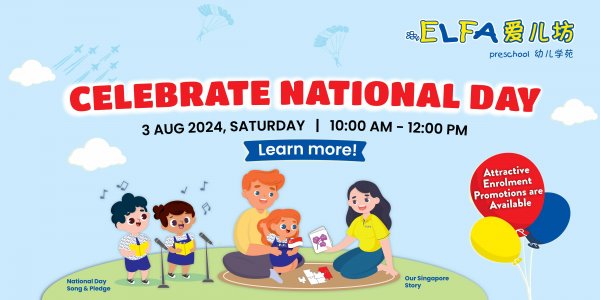
We Are Singapore - ELFA Preschool National Day Open House
3rd Aug 10:00 AM ~ 12:00 PMELFA Preschool @ Hougang Read More
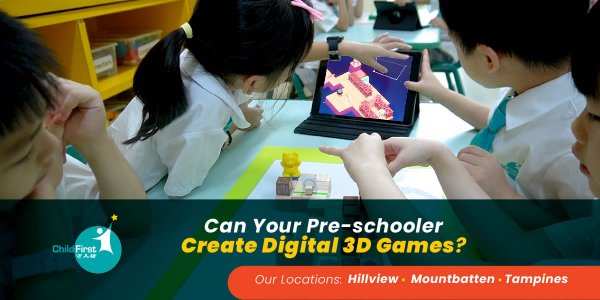
ChildFirst Pre-school | Open House Promotion
3rd Aug 10:00 AM ~ 12:00 PMChildFirst @ Hillview Read More
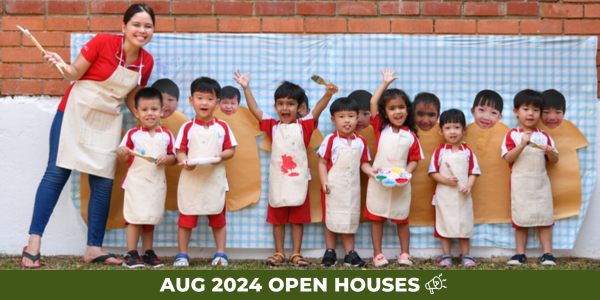
Raffles Kidz International | Save up to $4,700 during our Open Houses!
3rd Aug 09:00 AM ~ 01:00 PMRaffles Kidz @ Yio Chu Kang Read More
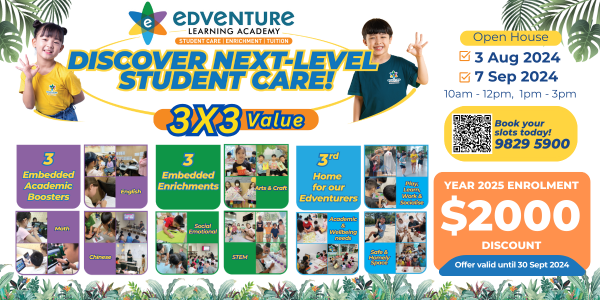
Edventure Student Care Open House
1st Jul 10:00 AM ~ 31st Aug 03:00 PMEdventure Learning Academy Read More

Asia Montessori Conference 2024
4th Oct 09:00 AM ~ 5th Oct 06:00 PMSands Expo & Convention Centre Read More
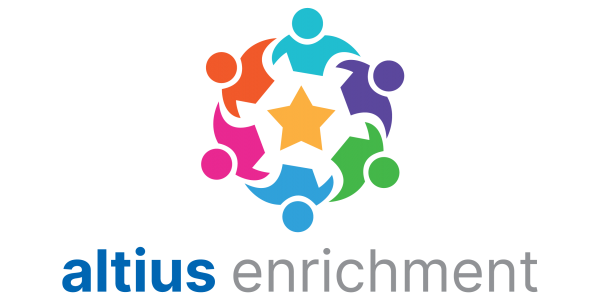
Altius Enrichment Student Care Centre
22nd Nov, 2023 03:25 AM ~ 31st Dec, 2024 03:25 AMTiong Bahru Read More
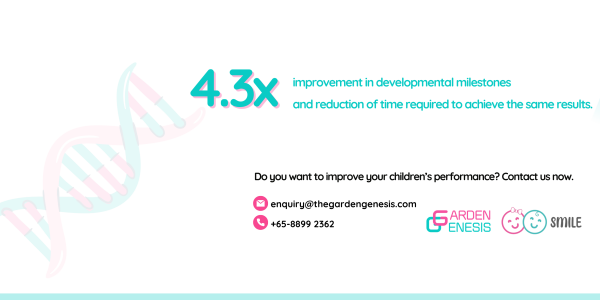
Explore the SMILE App: Track Milestones & Discover Activities for Your Child
8th Jul 01:35 PM ~ 31st Dec 11:00 PMThe Metropolis Read More
FIND A PRESCHOOL NEAR YOU
Type in your place’s postal code, click search and
See all Preschools near your place.
GET REAL TIME UPDATES
On Events And Offers From Childcare Centres Near You
Spend your time playing with your children instead of searching the web for the right preschool.
Leave Your Preschool Hunting Job to Us


